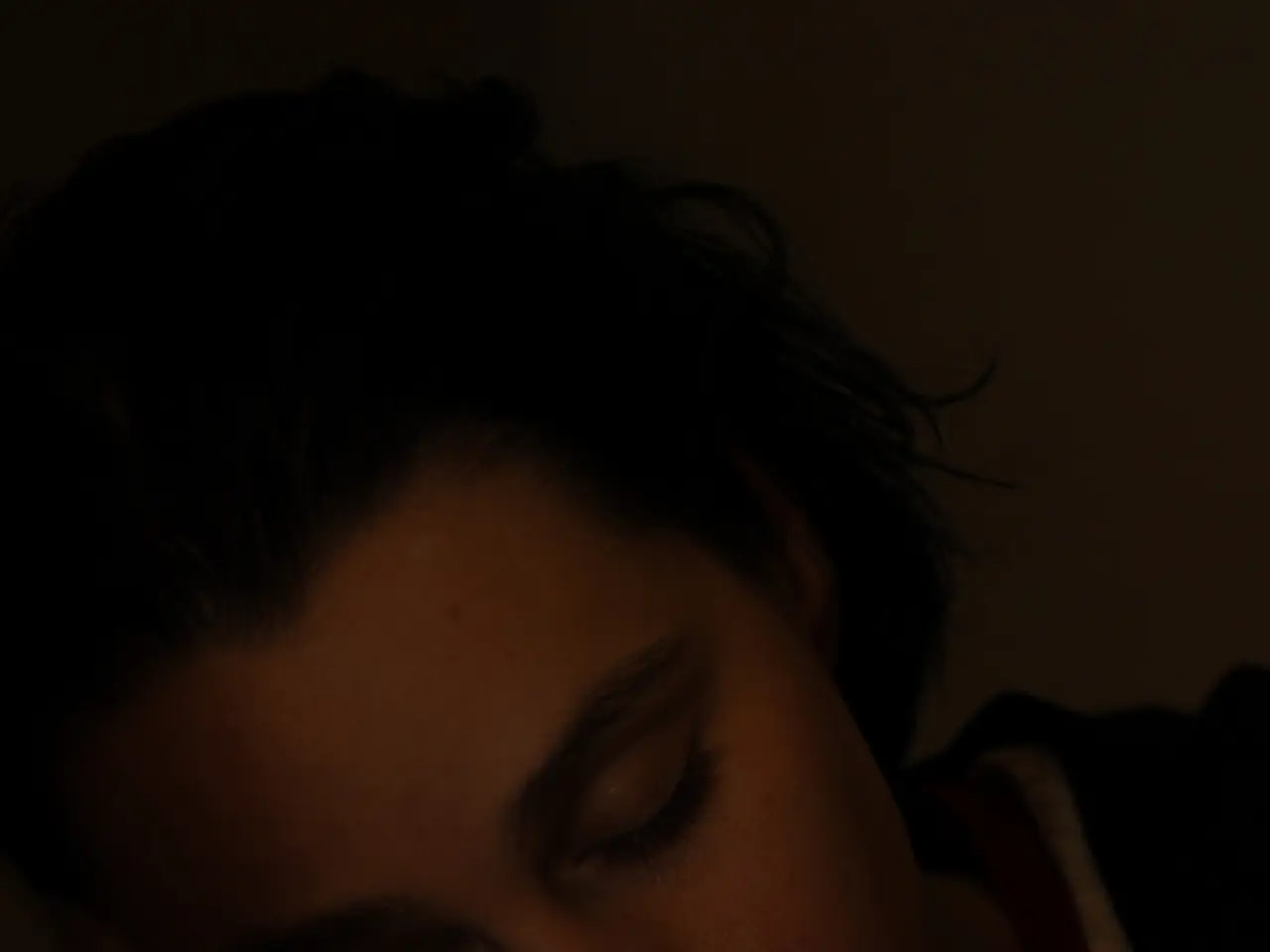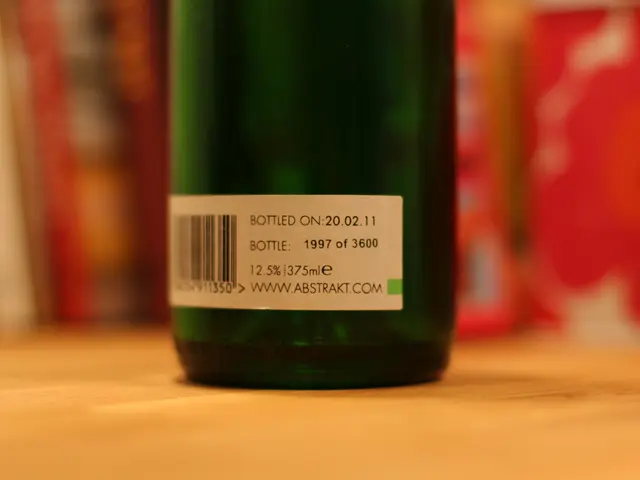At-Home Sleep Apnea Tests Have 7-8% Failure Rate, May Underestimate Severity
A recent study reveals that at-home sleep apnea tests, while convenient, have a 7-8% failure rate due to device malfunction or incorrect setup. These tests measure the apnea-hypopnea index (AHI), with a score of 5 or above indicating sleep apnea.
At-home tests specifically detect obstructive sleep apnea, not more complex sleep disorders. They are suitable for those with a high probability of the condition and no major health issues. However, they may underestimate severity, with mild apnea ranging from 5 to 15 on the AHI.
The development of these tests was championed by sleep medicine specialists and organizations like the American Academy of Sleep Medicine to improve accessibility. Top symptoms of obstructive sleep apnea include snoring, daytime tiredness, and a bed partner witnessing apneas.
While at-home sleep apnea tests offer convenience, they have a small failure rate and may underestimate severity. They are best used to confirm a high probability of obstructive sleep apnea, with a score of 5 or above on the AHI warranting a diagnosis.
Read also:
- Qur'an Emphasizes Fatherhood Through Stories of Prophets
- Capella Nursing Students Gear Up for Crucial FPX 4050 Assessments
- Comprehensive Overview of Addressing Traumatic Brain Injuries (TBIs)
- Enhanced Health Services Provisioned by San Diego Academic Health Partnership Continues During COVID-19 and Beyond






